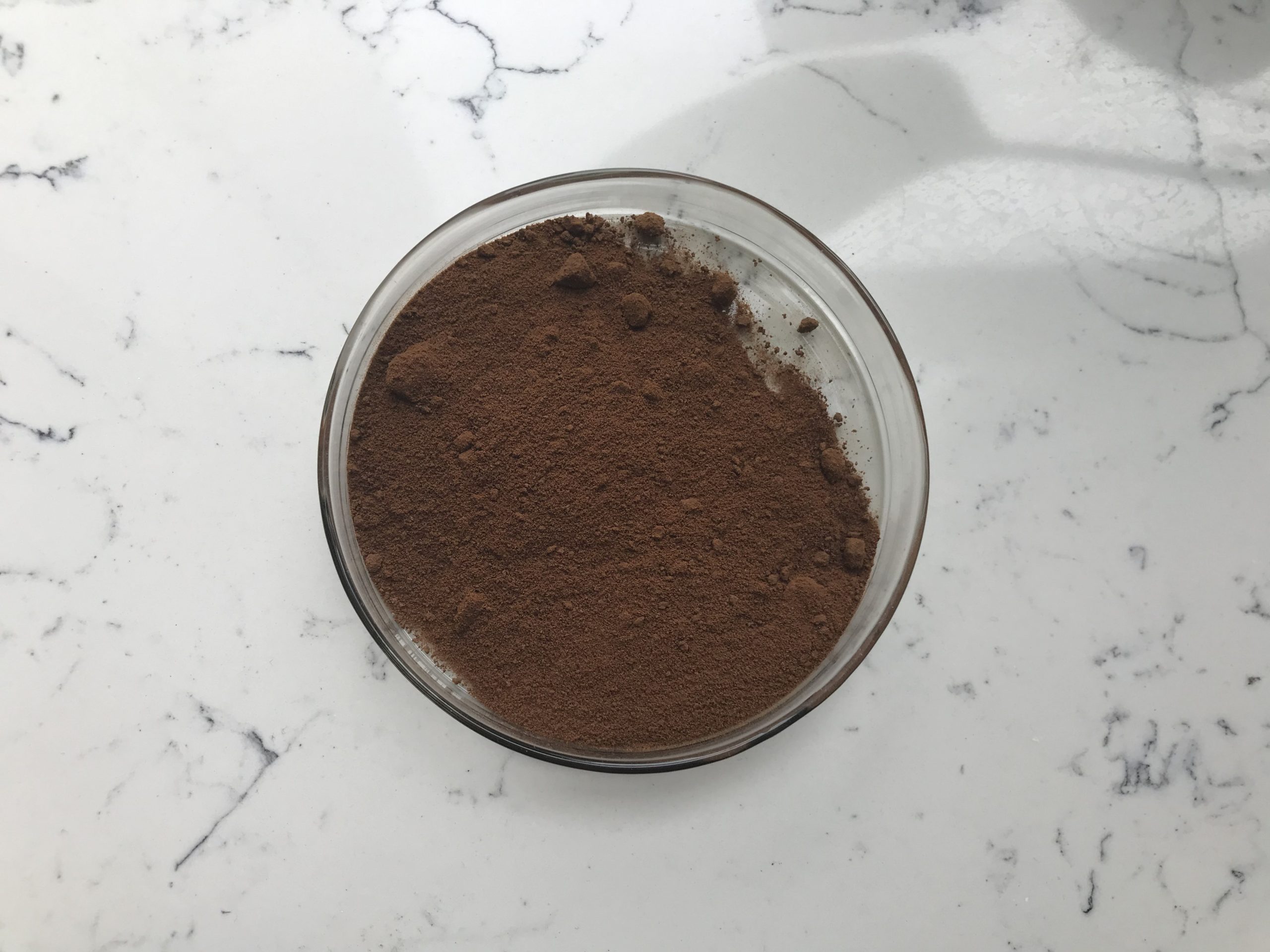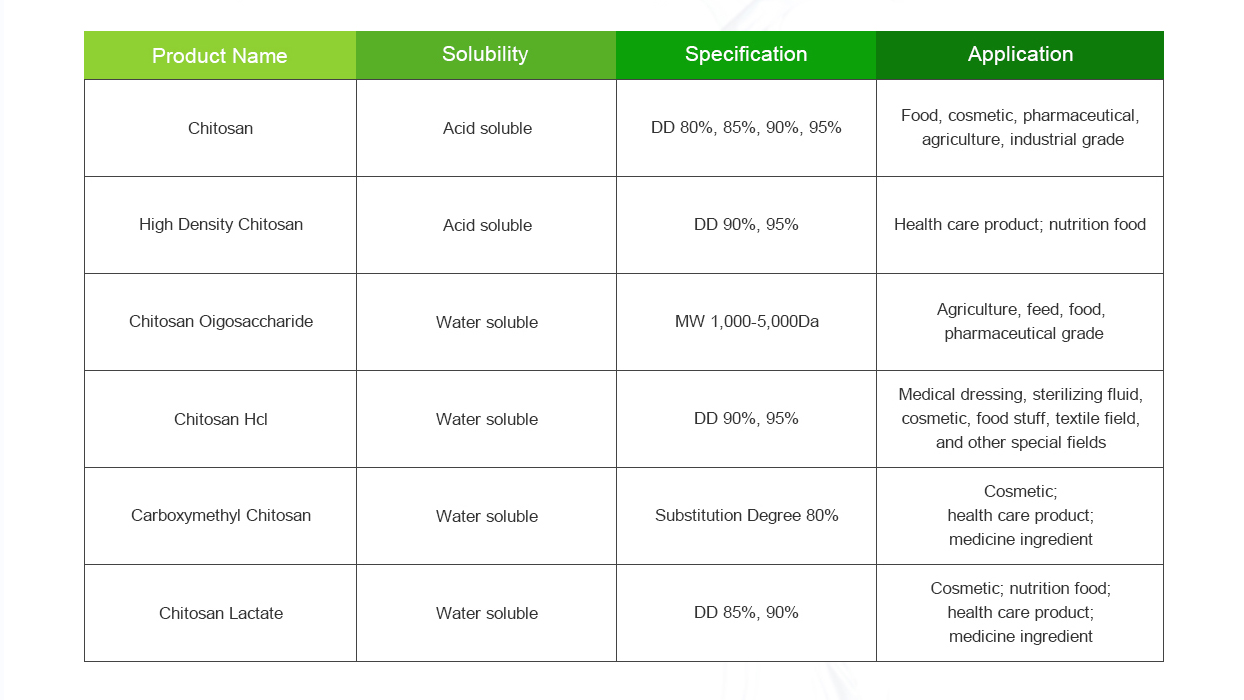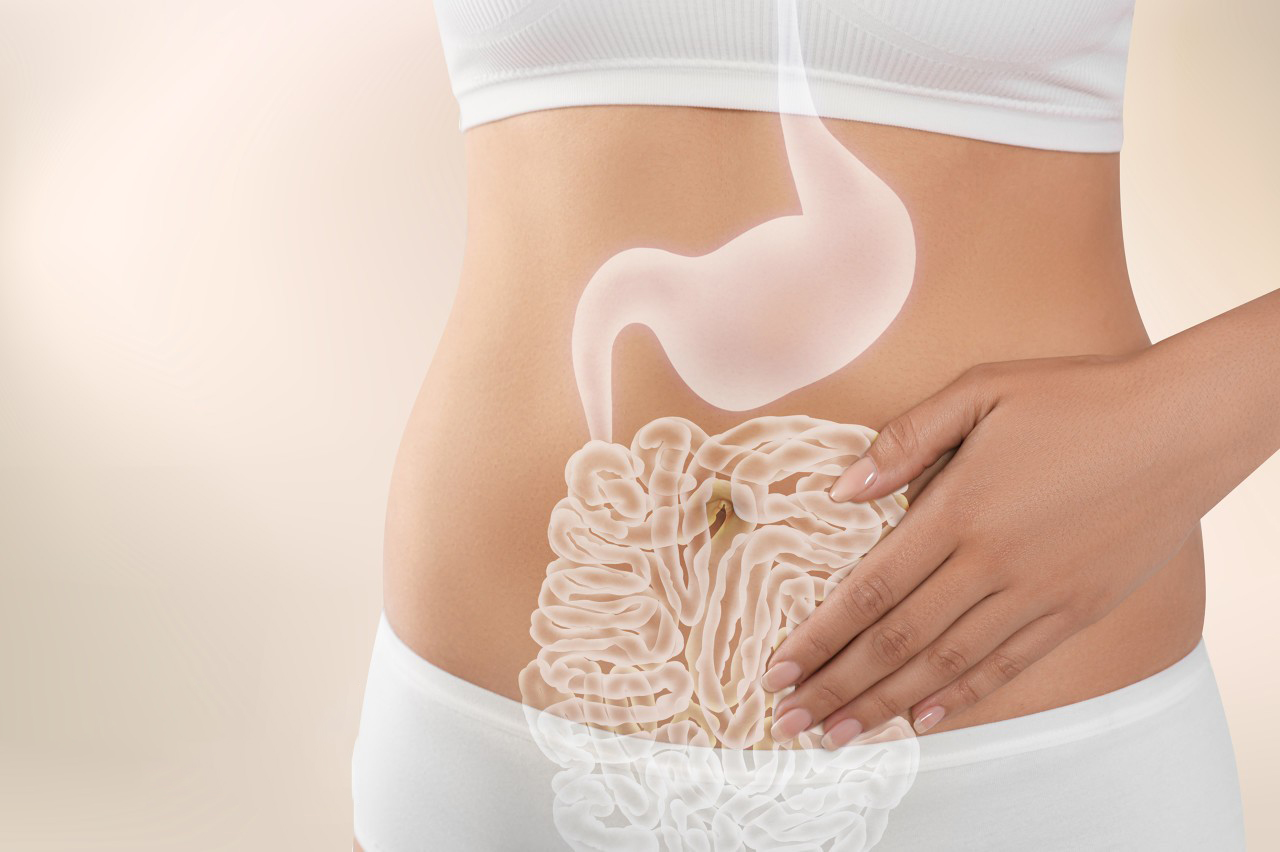The production of chitosan oligosaccharides (COS) typically involves several stages, including the preparation of chitosan, depolymerization of chitosan to generate chitosan oligosaccharides, and purification. Chitosan oligosaccharide is derived from chitosan, which itself is obtained by deacetylating chitin, a biopolymer commonly found in crustacean shells, fungi, and insects. Here’s a general overview of the process:
1. Preparation of Chitosan
- Source Material: Chitin is the primary source for chitosan and is typically obtained from crustacean shells, fungi, or insect exoskeletons.
- Deacetylation: Chitin is treated with a strong alkaline solution (such as sodium hydroxide) at high temperatures to remove the acetyl groups, producing chitosan. The degree of deacetylation (DDA) is critical for chitosan oligosaccharides production as it affects the solubility and activity of the resulting oligosaccharides.
2. Depolymerization of Chitosan
To produce chitosan oligosaccharides, chitosan must be broken down (depolymerized) into shorter chain lengths. Various methods are used to achieve this, each with specific advantages:

Enzymatic Depolymerization
- Chitosanase Enzymes: Specific enzymes such as chitosanases or other hydrolytic enzymes can selectively cleave chitosan into oligosaccharides.
- Mild Conditions: This method often operates under milder conditions (temperature, pH), preserving the functional groups and yielding specific chitosan oligosaccharides lengths.
- Control of DP (Degree of Polymerization): Enzymatic hydrolysis offers better control over the degree of polymerization and uniformity of chitosan oligosaccharides, making it suitable for producing chitosan oligosaccharides for medical or dietary applications.
Chemical Depolymerization
- Acid Hydrolysis: Hydrochloric acid or acetic acid can be used to break down chitosan. This is typically a faster method, but can lead to a broader range of chain lengths and may degrade some functional groups.
- Oxidative Methods: Oxidants like hydrogen peroxide (H₂O₂) can depolymerize chitosan by breaking glycosidic bonds, though the resulting chitosan oligosaccharides may have varying degrees of oxidation.
- Limitations: Chemical methods are less selective, and the process needs careful control to avoid excessive degradation.
Physical Methods
- Ultrasonication: High-frequency ultrasound waves can be used to induce mechanical degradation, breaking the chitosan chains into smaller oligosaccharides.
- Gamma and Electron Beam Irradiation: These methods employ high-energy radiation to fragment chitosan molecules, often used as an alternative for large-scale production.

3. Purification
After depolymerization, the chitosan oligosaccharides mixture typically contains a variety of oligomer lengths and potentially residual chitosan and other by-products. Purification methods include:
- Filtration: Ultrafiltration or microfiltration can separate chitosan oligosaccharides by molecular weight.
- Dialysis: Can help remove smaller impurities and low-molecular-weight compounds.
- Chromatography: Ion-exchange and size-exclusion chromatography can achieve high-purity chitosan oligosaccharides, especially for applications requiring a specific degree of polymerization or charge density.
4. Drying and Powdering
The purified chitosan oligosaccharides solution is often dried to a powder form, which may involve techniques like:
- Spray Drying: Rapidly dries the solution, turning it into a fine powder.
- Lyophilization (Freeze-Drying): Preserves the structure and bioactivity of chitosan oligosaccharides, suitable for high-value applications like pharmaceuticals.

Applications of Chitosan Oligosaccharide
Chitosan oligosaccharides are valued for their various biological properties, including antimicrobial, antioxidant, anti-inflammatory, and immunomodulatory activities. They find applications in:
- Medicine: Wound healing, drug delivery, and anti-cancer therapies.
- Agriculture: Bio-stimulants and plant growth enhancers.
- Food Industry: Functional foods and dietary supplements for gut health and immune support.
Summary
In summary, producing chitosan oligosaccharides involves sourcing chitin, deacetylating it to chitosan, depolymerizing it using enzymatic, chemical, or physical methods, and then purifying the chitosan oligosaccharides. The specific method and parameters depend on the desired chitosan oligosaccharides properties, including molecular weight, degree of polymerization, and application.
